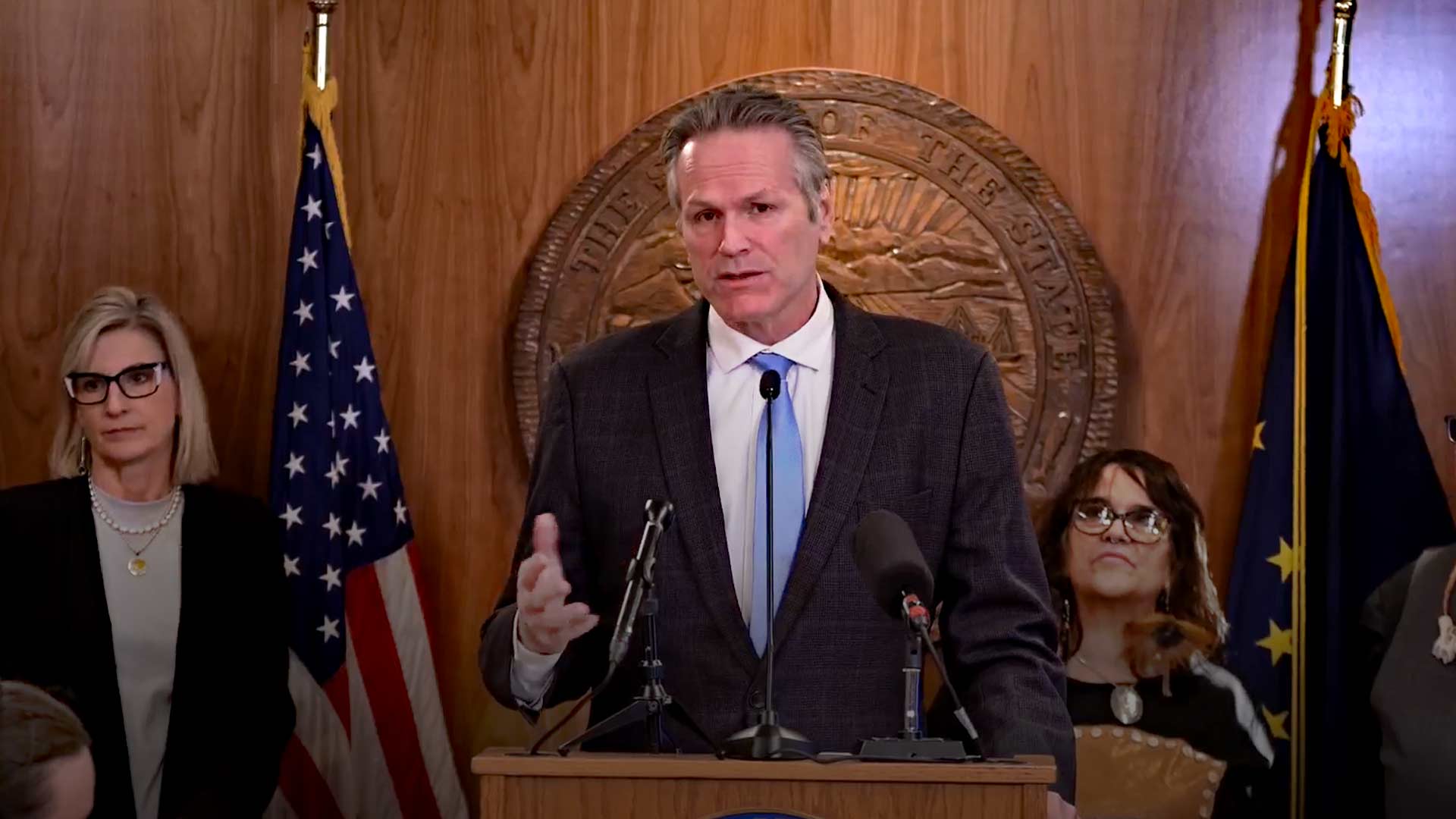
Gov. Mike Dunleavy introduced legislation (HB 76, SB 82) on Jan. 31 to improve educational outcomes for Alaska’s chronically underperforming public school students. His plan focuses on funding, student achievement, and expanding school choice opportunities for families and educators statewide.
“Our children’s future depends on a strong and adaptable education system,” Dunleavy stated upon announcing the bills. “This legislation is designed to ensure every student in Alaska has access to high-quality education, whether they are in a city or the most remote village. From increasing funding for correspondence and career-technical education to incentivizing reading achievement and attracting top-tier educators, this plan is about empowering students, parents, and educators alike.”
The Governor’s proposed reforms include eight key measures.
The tribal compacting provision establishes a pilot program allowing participating tribes and tribal organizations to operate public schools under negotiated compacts with the Department of Education and Early Development (DEED).
Another element relates to teacher retention incentives. This would include lump sum payments ranging from $5,000 – $15,000 each year for three years to improve teacher retention and recruitment.
The governor is also looking to establish cell-phone free schools by all school districts to adopt policies that prohibit mobile device use during instructional time, with certain exceptions.
To boost reading skills, the governor’s bills would institute reading proficiency grants: These incentive grants would go to districts for students who achieve reading proficiency or demonstrate significant improvement from the current K-3 grades to grades K-6.
“We must recognize parental rights so parents may choose the best education path for their child,” he emphasized. “Focusing on the successful education of all students by meeting their unique needs is the number one priority.”
The governor also seeks to increase funding for the increasingly popular state correspondence programs and career-technical education.
With an aim at expanding school-choice, the governor’s bills would allow students to attend any public school in Alaska and expand the process for creating new public charter schools, which have far outperformed standard brick and mortar state schools.
Other aspects of the governor’s bills seek to implement student achievement grants to incentivizing students who meet key academic milestones, and to extend bond debt reimbursement to help school districts address infrastructure needs.
In announcing the legislation, Dunleavy noted that Alaska consistently ranks poorly in national educational outcome assessments, despite having twice the funding per-student of higher-performing states.
“Mississippi has proven that real education reform delivers results, even with half the per-student funding that Alaska has,” he observed. “Their focus on literacy, accountability, and teacher development has led to dramatic improvements. Alaska has the resources, but we need the right policies. That is why I support legislation that pairs smart policy changes with targeted funding increases to ensure every student has the opportunity to succeed.”
ALASKA WATCHMAN DIRECT TO YOUR INBOX
The Republican minority caucus in the State Senate immediately praised the governor’s proposals as a way to address Alaska longstanding educational woes.
“Studies show Alaskan students have some of the lowest math and literacy scores in the nation while also spending more money per student than 40 other states,” the Republican caucus stated. “Reform is needed, and the caucus would applaud a union between the House, Senate, and executive branch dedicated to fixing the issue with forward-thinking solutions.”
Sen. Mike Cronk (R – Tok /Northway) noted that lawmakers must prioritize student improvement, whether they are public, homeschool, correspondence, charter, or private school students.
“We must recognize parental rights so parents may choose the best education path for their child,” he emphasized. “Focusing on the successful education of all students by meeting their unique needs is the number one priority.”
Whether Dunleavy’s bills will gain traction in the Democrat-controlled Senate and House majorities is another matter. To date, Democrats have focused almost exclusively on increasing state education spending, while opposing any meaningful reforms or accountability measures, despite decades of failing academics.
Senate President Gary Stevens (R-Kodiak), one of several GOP lawmakers who joined with Democrats to control the Senate and marginalize conservative lawmakers, immediately criticized Dunleavy’s plan.
In a statement responding to Dunleavy’s reform ideas Stevens expressed opposition to the idea of allowing parents to go around local school boards to create charter schools at the state level. He also opposed the governor’s strategy of tying additional education funds to actual improvements in student performance.
“In addition, tying educational outcomes to funding needs will not turn this crisis around, but only exacerbate it,” he claimed. “We have to provide teachers and students with the basic needs first, before we can expect them to do more with less. It is our responsibility to understand this and challenge ourselves to provide the necessary resources to allow our teachers to succeed and students to thrive.”
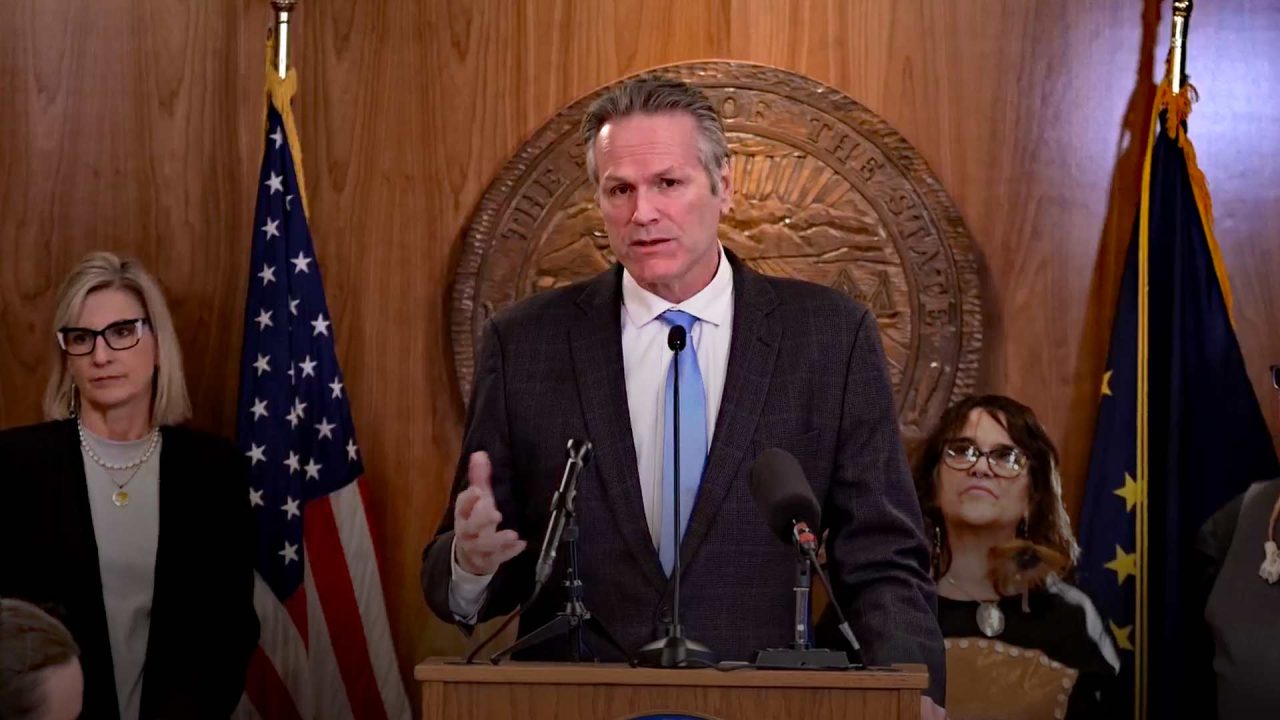

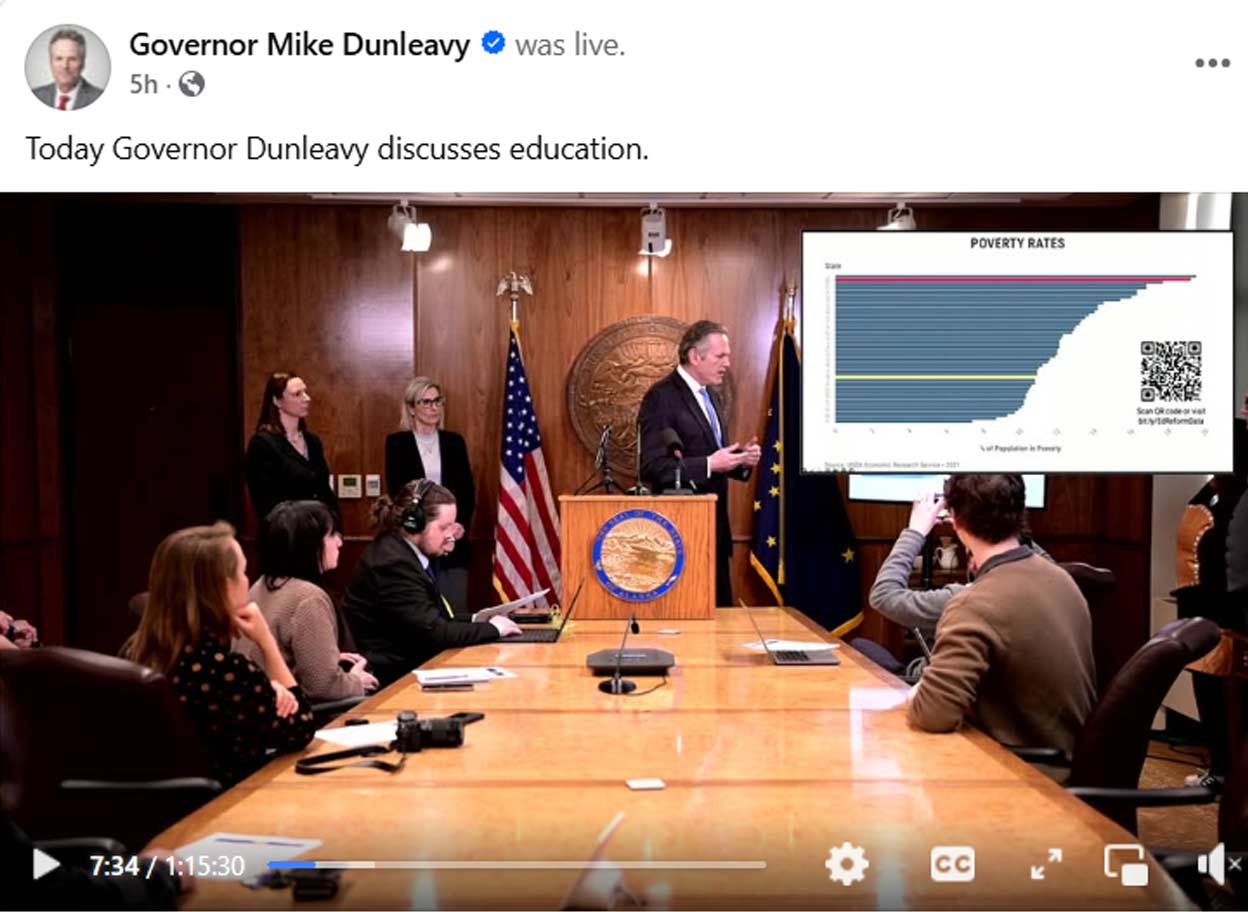

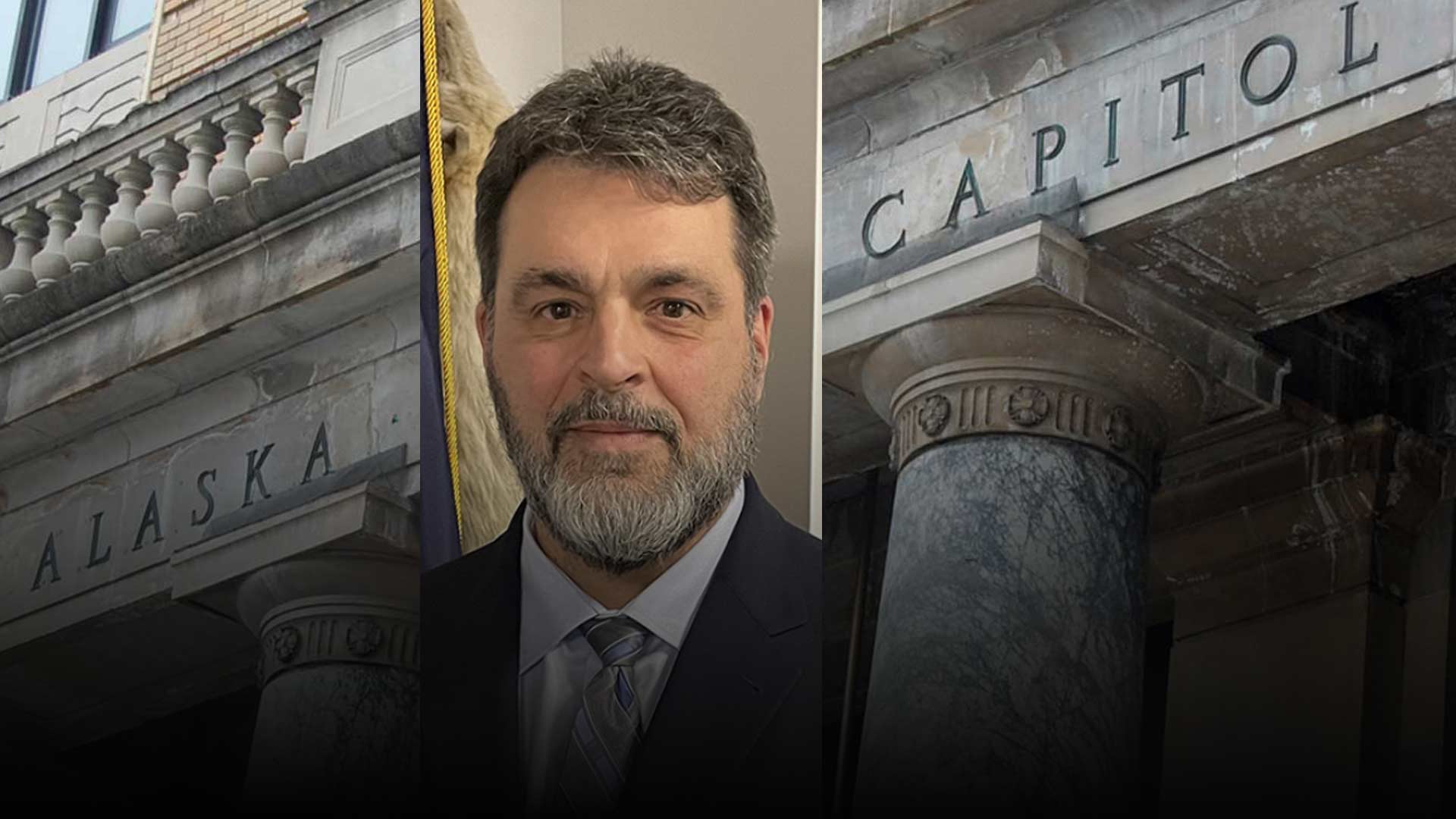
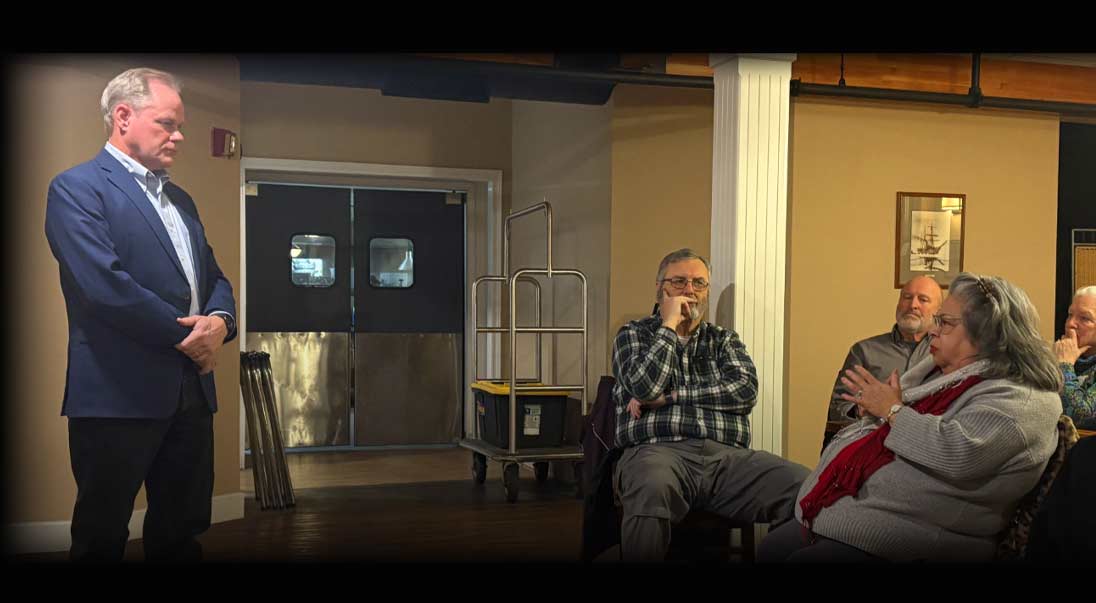


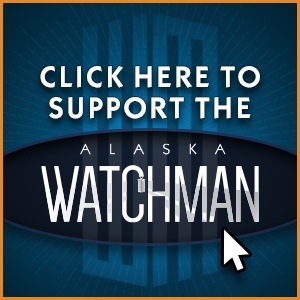
6 Comments
The trouble with those Republicans aligned with the democrats is that they are not willing to listen to someone with 20 years experience in education. They are more likely to listen to NEA and unions who tell them to keep shoveling money at a problem that needs more creative solutions. This is one thing that I really dislike about the legislature – they are so into their own re-elections that they only know one solution – unite with democrats, even when the democrats have no real solution. Meanwhile it is the students who really suffer. Alaskans need to keep track of their voting and hold them accountable., then vote them out.
President Trump mentioned previously that school choice must occur in time for the 25-26 school year, which for most homeschool families, or families confirming public or private sectors with their enrollment, needs to occur by July 1st, 2025. Considering how quickly Trump is cleaning up our government, this is totally feasible… knowing previous Alaskan bureaucracy in the education sector, that is a different story. Our family would like to see an article published on when School Choice will really begin for Alaskan families. We would also like to see how the Administration and State of Alaska in particular plans to hold public sector, private sector and homeschool programs equally accountable, in terms of their spending, their curriculum and their outcomes. We’ve never understood why a public school teacher can, as an example have donuts reimbursed through the district and yet an Abeka chapter book is not reimbursable through any homeschool program. There are significant disparities between what is allowed and considered acceptable even between homeschool programs, one program offers an allotment of this, while another offers half of that. Programs continually chalk this numerical disparity up to services provided and costs associated with that program, but the reality remains quite different. Whether a child is enrolled in a neighborhood public school, a religious private school or a community homeschool program, each student allotment should be the same.
I agree with you on many points you make above. Don’t plan on school choice expansion this year or any time soon in Alaska. Because four Republican legislators aligned with Democrats to form a caucus, your vote for school choice in the last election went absolutely nowhere. There will be further alienation of homeschool/private school families, more boondoggle spending for public schools, and a lot more money allocated to administration and third party support contracts for public education than ever before.
The voters said they wanted school choice. The people they elected betrayed them immediately. If the voters in their districts do not recall and remove them, then they WIN.
And sadly they already know that will not happen. Each and everyone of them was a known turncoat from the start. All of them are multi-term legislators, all of them have done this before, and all of them know that their voters either know it and support it, or rely on an ignorant voting base (Eagle River Chugiak especially, where too many people are lower 48 transplants and they simply do know the Alaska history of politics in their area.)
It’s a hopeless waste of time to go for school choice in this state. Just do your own thing and forget about the rest. The hyenas win.
What a somber, but accurate representation of reality. The rhinos don’t help at all, you are right. Murkowski and Merrick (especially) MUST GO in order for any real productivity in this issue. Sadly we don’t have years and years to wait for the ignorant voters who continue voting for whomever the rhino union of APD and AFD is pushing – we have school aged children now and need strong leaders to change these issues now. We are hopeful and prayerful for more than a manipulation of this School Choice Executive Order.
I spent 25 years in the realm of public and private education. If the charter schools are public it, AK will not achieve max results. You need to allow public funds to go to private schools to create real competition that will motivate public schools to compete. Even Sweden has realized this and they have actually seen improvements in public schools located near the higher achieving private schools that receive government funding. Public schools need real competition if we desire innovation and excellence in the public schools. This is why we would never allow government to control the
Means of food production or other industries because the result would be garbage.
please run for governor COACH!